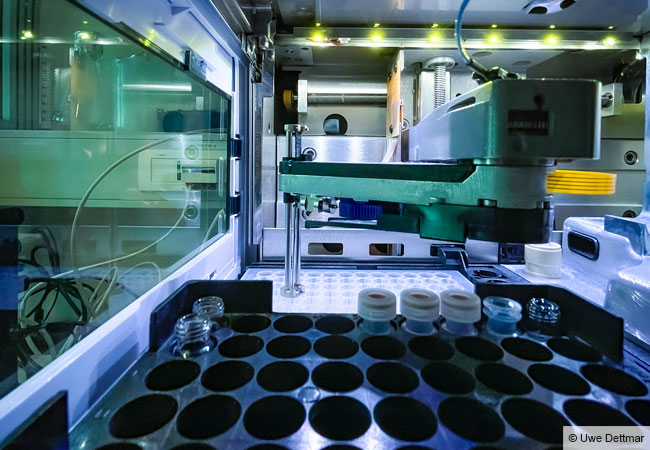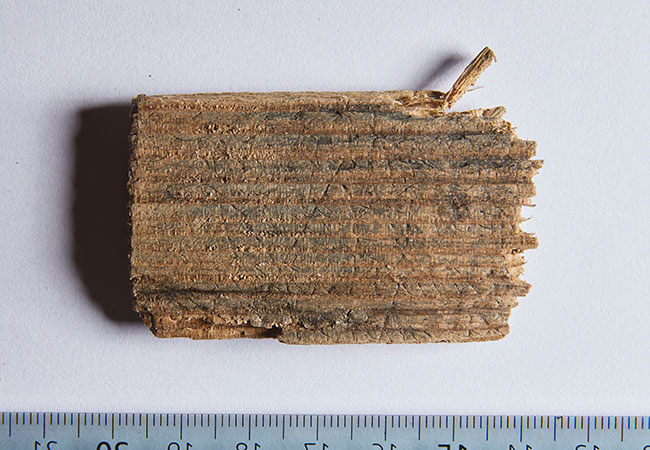Systemic inflammatory diseases, such as lupus, often cause cardiac damage that goes undetected. An international research team headed by the Institute for Experimental and Translational Cardiovascular Imaging at the University Hospital Frankfurt was now able to show that cardiac damage can be diagnosed in a patient-friendly way by heart imaging– ahead of the clinical symptoms.
The number of diagnoses of systemic lupus erythematodes (SLE) has tripled over the past 45 years – due in part to improved diagnostic methods. Lupus is a systemic inflammatory disease which can affect several organs; most frequently the kidneys, skin, brain and the heart. Involvement of the heart is important as it determines these patients’ outcome, yet as it carries on silently for a long time, it may go undetected and untreated for a long time.
Heart involvement in lupus: disguised symptoms
This problematic situation has several causes. First, the natural course of lupus-caused heart disease often has few or no symptoms – this ‘subclinical course’ represents a major challenge for doctors to recognize it. It also affects mostly young, and predominantly female patients, for whom heart disease is not usual in the first place. Moreover, if symptoms occur, they are not classical symptoms of heart disease, such as angina. More commonly, symptoms are ‘atypical’: in other words, they do not explicitly indicate heart disease. Examples of symptoms are tiredness, dyspnoea, or sharp pain of the chest wall. Lupus patients are also frequently overwhelmed by symptoms in other organ systems, especially the kidneys, which are significantly more pronounced. This results in focus unintentionally being taken away from the heart during diagnosis and treatment. Ultimately, a small percentage of patients develops heart failure, which is often resistant to therapy.
Study allows non-invasive diagnosis
A study by the University Hospital Frankfurt in collaboration with partners from London and Tübingen has shown that imaging with cardiac magnetic resonance (CMR) can improve detection of subclinical cardiac injury in lupus patients. The study was published in the Annals of the Rheumatic Diseases, the top journal in the field of rheumatology, whose specialists most frequently look after patients with lupus. In the present study, the authors demonstrated that inflammation of heart muscle and the vessels is the defining underlying pathophysiological mechanism of heart injury and impairment in lupus patients, and not, as previously assumed, as a result of the accelerated atherosclerotic blockage of the coronary blood vessels. The research team developed and validated an imaging signature of disease presence and activity of involvement. Thus, they have shown that heart inflammation can be detected and monitored in a non-invasive way without radiation using CMR imaging. Furthermore, CMR imaging can help to adjust the anti-inflammatory treatment to treat the heart involvement directly.
Potential for paradigm change
The study has significant potential for a real change in the clinical care of heart involvement in patients with lupus: away from the less sensitive, highly invasive and radiation-intensive methods toward patient-friendly and secure diagnostic approaches, which are non-invasive, radiation-free, and aside from the baseline investigation, also largely free from contrast agents. The new diagnostic method informs the treating physicians accurately about the disease presence, stage and severity, and gauges the treatment response.
Course of the study
Ninety-two patients with lupus were examined using the CMR imaging; 78 healthy individuals served as a control group. This multicentre and multidisciplinary study was headed by Dr Valentina Puntmann from the Institute for Experimental and Translational Cardiovascular Imagery (Goethe CVI) at the University Hospital Frankfurt and builds on a decade-long record of investigation into cardiac inflammation by non-invasive imaging in systemic inflammatory diseases. In addition to the Goethe CVI, University Hospital Frankfurt’s Rheumatology, Cardiology and Radiology were also involved.
Successful Imaging
The heart muscle, its volume, and function were examined in all participants using CMR imaging. Various other blood values, such as troponin and NT-proBNP, which serve as biomarkers for heart impairment, were also examined. These markers were raised in 81 percent of lupus patients, but only in eight percent to a degree we usually see in the course of a heart attack. However, CMR imaging was able to point towards the presence of relevant inflammation of heart muscle much more frequently, making it more suited to detect inflammation, even if the blood tests remain only mildly raised. In addition, changes to the clinical activity can be more quickly detected using the imaging than with blood values, as these may remain raised for weeks on end. There are no disadvantages to CMR, as no invasive procedures or radiation are involved.
Publication: Winau, Lea et al. (2018): High-sensitive troponin is associated with subclinical imaging biosignature of inflammatory cardiovascular involvement in systemic lupus erythematosus. In: Annals of the Rheumatic Diseases. DOI: 10.1136/annrheumdis-2018-213661. https://www.ncbi.nlm.nih.gov/pubmed/30077990
Further information: Dr. Valentina Puntmann, Institute for Experimental and Translational Cardiovascular Imaging (Goethe CVI), University Hospital Frankfurt, Tel + 49 69 63 01 – 86 76 0,E-Mail: valentina.puntmann@kgu.de, www.cardiac-imaging.org/valentina-puntmann.html










